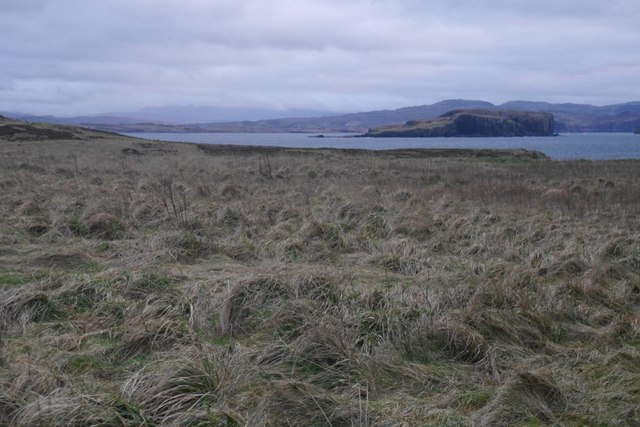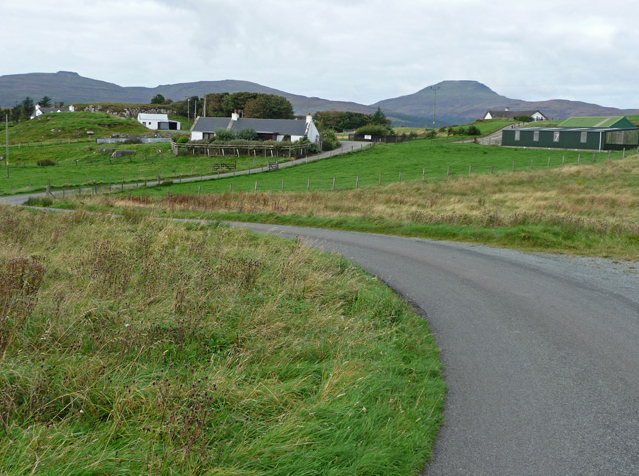Aird a Bhaile Mhòire
Coastal Feature, Headland, Point in Inverness-shire
Scotland
Aird a Bhaile Mhòire
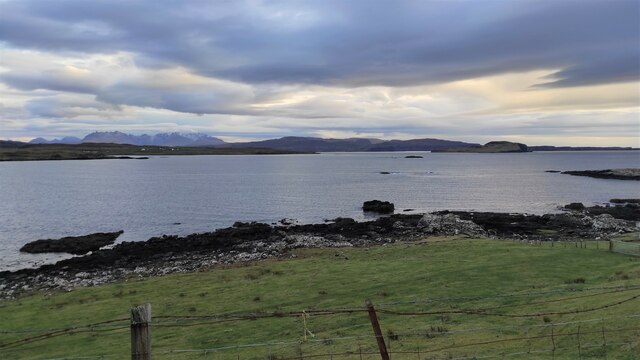
Aird a Bhaile Mhòire is a prominent coastal feature located in Inverness-shire, Scotland. It is commonly referred to as a headland or point due to its geographical structure. Situated on the western coast of Scotland, Aird a Bhaile Mhòire offers breathtaking views of the surrounding landscape and the North Atlantic Ocean.
The headland is characterized by its rugged and rocky terrain, making it a distinctive landmark in the area. It is composed of ancient rock formations that have been shaped by millions of years of erosion from the crashing waves of the ocean. These formations create a dramatic and picturesque scenery that attracts both locals and tourists alike.
The area is home to a diverse range of wildlife, including seabirds, seals, and occasionally dolphins, which can be spotted in the waters surrounding the headland. This makes Aird a Bhaile Mhòire a popular destination for birdwatching and nature enthusiasts.
Access to Aird a Bhaile Mhòire is relatively easy, with a well-maintained footpath leading visitors to the headland. The path offers stunning panoramic views of the coastline and the nearby town of Inverness. Additionally, there are several benches strategically placed along the way, providing visitors with the opportunity to rest and fully appreciate the natural beauty of the area.
Overall, Aird a Bhaile Mhòire is a captivating coastal feature in Inverness-shire that showcases the raw power of nature and offers visitors a unique and memorable experience.
If you have any feedback on the listing, please let us know in the comments section below.
Aird a Bhaile Mhòire Images
Images are sourced within 2km of 57.376246/-6.5156155 or Grid Reference NG2840. Thanks to Geograph Open Source API. All images are credited.






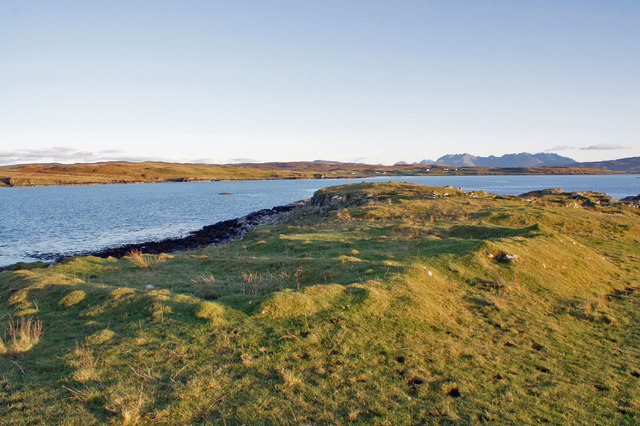
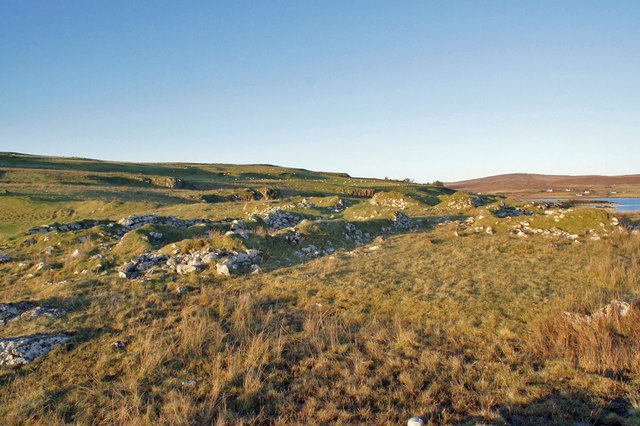


Aird a Bhaile Mhòire is located at Grid Ref: NG2840 (Lat: 57.376246, Lng: -6.5156155)
Unitary Authority: Highland
Police Authority: Highlands and Islands
What 3 Words
///phones.palettes.befitting. Near Dunvegan, Highland
Nearby Locations
Related Wikis
Harlosh
Harlosh (Scottish Gaelic: Heàrrlois) is a settlement on the island of Skye off the west coast of Scotland. The settlement is on a peninsula of the same...
Harlosh Island
Harlosh Island is one of four islands to be found in Skye's Loch Bracadale. Harlosh Island is one mile (1.5 kilometres) from the coast of the Duirinish...
Tarner Island
Tarner Island is a triangular shaped island in Loch Bracadale just off the coast off the Harlosh peninsula of Skye in Scotland. It is about 28 hectares...
Ose, Skye
Ose (Scottish Gaelic: Òs) is a small coastal settlement of Loch Bracadale, in the Scottish Highland area. It lies on the west coast of the Isle of Skye...
Related Videos
Roag, Isle of Skye January 2021
A January afternoon walk on the north west of Skye in an area called Roag. Snow on the mountain tops but lots of sunshine!
Nearby Amenities
Located within 500m of 57.376246,-6.5156155Have you been to Aird a Bhaile Mhòire?
Leave your review of Aird a Bhaile Mhòire below (or comments, questions and feedback).





